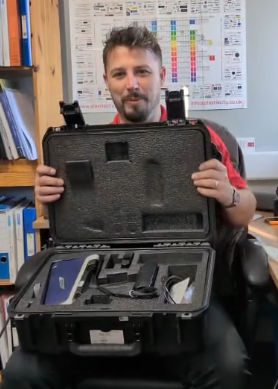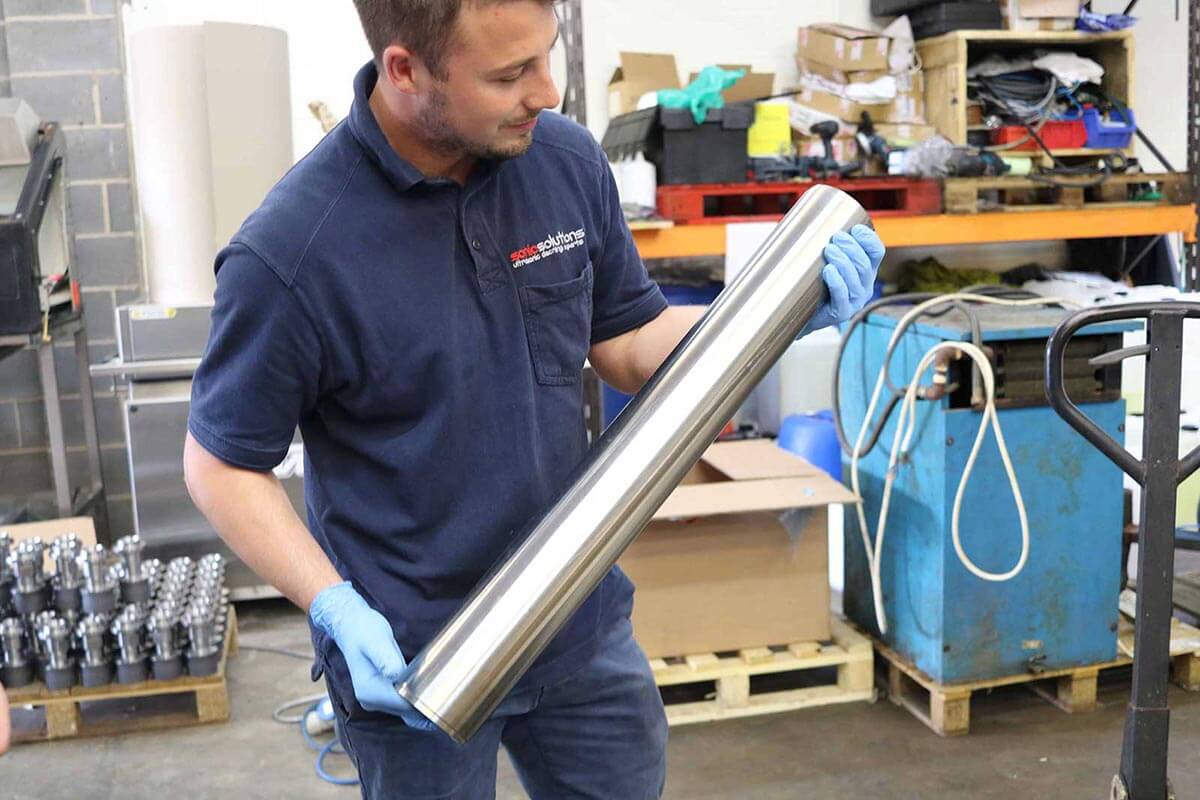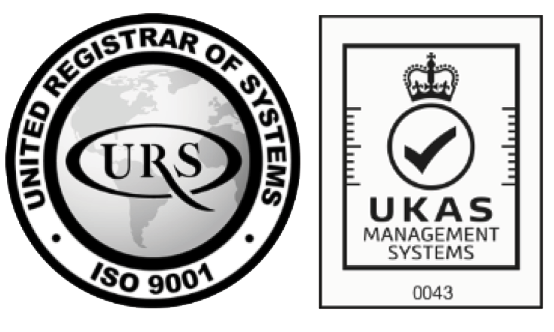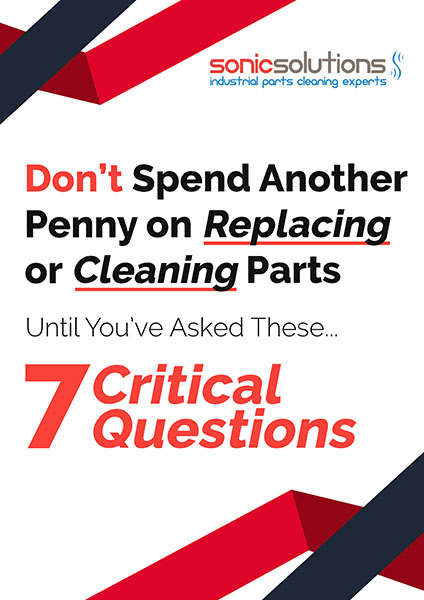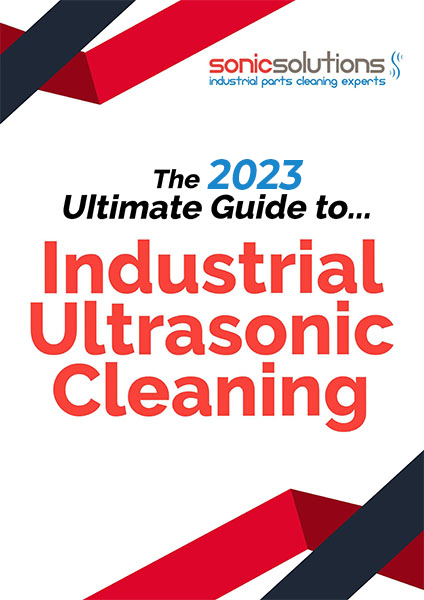Submersible Ultrasonics – Are they for you?
For friendly & knowledgable help contact us on:
01924 495 975 hello@sonicsolutionsltd.com Open Contact Form

Submersible ultrasonics are quite simply, where the transducers are bonded to the inside of a sealed case, with a sealed conduit carrying electrical cables connecting to the generator or control unit. These sealed cases can be any size, dependent on the quantity and size of transducers they contain, and the desired size of the transducer holding case for the cleaning application. The sealed case containing the transducers is placed inside the cleaning bath, below the liquid level, with the side containing the transducers facing the items to be cleaned. The generator and control box is sited away from the bath at a distance determined by the length of the connecting cable.
Pros of submersibles
- Flexibility – the submersible can be used wherever it is needed, giving greater scope for alteration in cleaning processes.
- Adaptability – the submersible can add ultrasonics to an existing cleaning bath. They can also be moved from one bath to another;
- Quicker – the submersibles can be sent for repair rather than the entire bath
- Simpler – replacement units can be switched very easily allowing for minimal interruption and disruption off production processes;
Cons of submersibles
- Complexity – they are more complex to manufacture being sealed units;
- Space – they do occupy space within the cleaning bath;
- Power – arguably they provide less uniform transmission of ultrasonics throughout the bath with consequential loss of cleaning effectiveness;
- Operational complexity – there are separate potentially extra controls to operate In addition to the cleaning bath itself;
- Potential for damage – the submersible is more exposed to potential damage from items placed within the bath and through movement between uses.
- Cost – Higher capital cost than bath mounted transducers, although this can very easily be reversed when maintenance is taken into account.
Conclusion
A bit like asking which is the best car ! Submersibles offer an attractive option in certain cleaning applications and situations. They are certainly worth serious consideration where there is an existing cleaning set up, where flexibility, adaptability and speed of response are vital, and through quick replacement they can safeguard continuity of service should they fail in operation. Where applications are more standardised, continuous, and smaller they look less attractive.
Having your cake and eating it !
To have the advantages without a lot of the disadvantages, submersibles can be semi-permanently fixed inside a bath. This minimises the need to move and separately control them, whilst enabling speedy replacement in the event of failure. There is a financial cost to this, but for mission critical cleaning applications it offers a real benefit.

